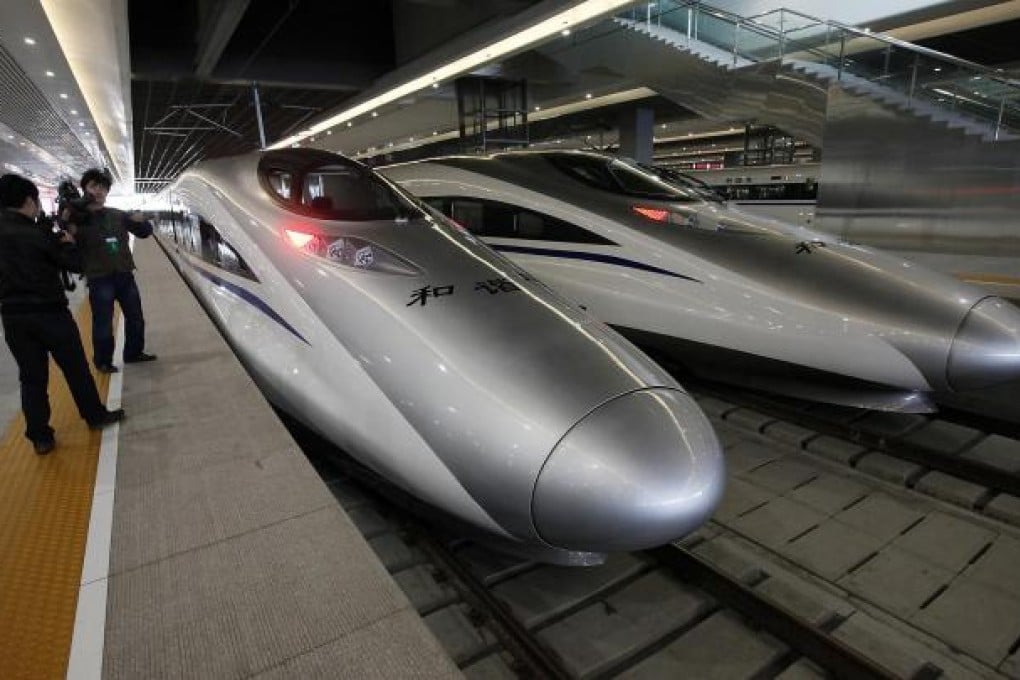Slicing through the airlines
High-speed rail has hit mainland airlines, and the trains' popularity is likely to continue to hurt smaller airports and short-haul flights

The integration of air travel and high-speed rail services on the mainland will benefit major airports like Hong Kong, Shanghai and Beijing, but hurt smaller airports and short-haul flights, say industry players.

Given the high-speed train journey of four hours, 10 minutes between Wuhan in central China and Guangzhou, people south of the Yangtze River will find it convenient to take high-speed trains to Hong Kong, said Zheng.
However, Hong Kong's future high-speed train station, the West Kowloon Terminus, lacks a direct high-speed rail link to Chek Lap Kok Airport, which diminishes the attractiveness of the airport as a transit hub for high-speed train passengers from the mainland, he added.
"High-speed rail is a good thing for big airports. For small airports, it poses competition," said Liu Wu Jun, chief technical officer of the Shanghai Airport Authority.
For example, the airport in Wuxi city, Jiangsu province, previously had one daily flight to Beijing, but that has ceased, Liu said. Now, passengers from Wuxi take high-speed trains to the Hongqiao transport hub in Shanghai, where they take a plane to Beijing, Liu said.
